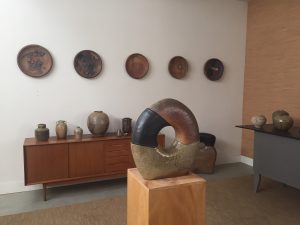
Up in the rolling hills of Penn Valley, I recently went to see Glenn Husted’s ceramic artwork in the Stone Soup Studio. This was a part of the Fall Colors Open Studios and Art tour, an event for which many artists opened their doors. This is a self guided tour that showcases different artists of the Western Nevada County. Some, like Husted, work in clay and ceramics, but others range from fine arts like painting and photography, to glasswork, sculpture, woodwork and almost everything in between. Artists from the area invite the public into their studios and homes to share their love of their artwork. Husted, the ceramics professor at Yuba College, was one of many that was apart of this tour. His wide array of ceramic pots and sculpture recieved a range of visitors over the course of the two weekends.
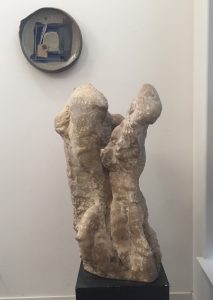
As I was taken through the grounds, I noticed several sculptural pieces placed outside, which were much different to the kind of art (functional pottery) I am accustomed to seeing from Husted. This prompted me to inquire about his progression and phases as an artist. “My style has certainly changed a lot since I began,” he explained. He mentioned some ideas about ceramics that have piqued his interested over the years which he has phased in and out of; some have been more conceptual, some functional, and some he likes to deem as more abstract art.
The atmosphere of Penn Valley, where Husted lives, presents some sort of background as to parts of his art style. Husted’s work shows his very diverse training in ceramics in China, Japan, and Korea, but conversely to his multifarious background, his work embodies the simplicity of where he resides. I asked if he enjoyed living all the way out in Penn Valley, to which he replied, “yeah I do. Listen… It’s very quiet.”
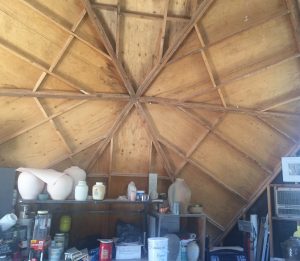
His work is crafted in a beautiful dome shaped studio with a wood fire kiln that sits just outside– both of which he built, showcasing his multifaceted talent in craftsmanship. Husted’s personal aesthetic extends through all aspects of his art and into his home. As I toured throughout his workspace, the pieces sort of began to fall together; I could more clearly understand his approach to his artwork and stylings.
Inside his house, you are immediately greeted with ceramics on every wall of the room, some big: sculptural forms and bigger pots, some small: bottles, cups, bowls, and teapots. A few of the pieces that were displayed here were familiar to me, and had very recently been in a gallery showing that he did for the Yuba Sutter Arts, but in addition to those, there were many, many more.
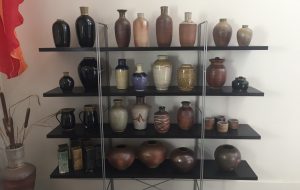
After some inquiry about specific pots and bowls, he mentioned a piece that was gifted to him by his own ceramic teacher, Paul Soldner, and delved into a story about where his teacher had come from and what the piece was about. Soldner is the pioneer of a firing method known as “American Raku” which has influenced Husted’s interest in that style of firing.
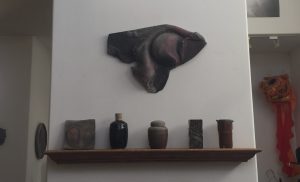
Most of Husted’s work is done using stoneware clay and is wood fired or wood salt fired, which are personal, artistic choices, although a few pieces are made with a porcelain, which he likes because of its transparency and how vibrantly the glazes result on top of it. These porcelain pots were mostly older pieces, some incorporated his more painterly side with two dimensional drawings on them (these were created soon after taking a painting class).
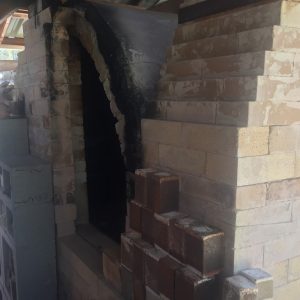
The wood fired kiln outside his studio was one of two that he has built; this smaller one is in much more frequent use due to its convenience as well as reliability. His first kiln, which is under some construction, has proven to be somewhat fickle. Wood firing is quite the process, as explained by Husted, “A lot of the firings are done over thirty hours, although sometimes a twenty-four hour firing can produce some pieces that are really nice.” This means that the kiln has to be stocked with wood continuously over that amount of time to keep the temperature at a constant of around 2400 degrees fahrenheit.
The Fall Colors Tour is a yearly event that Husted has participated in and enjoyed being a part of since 2011.
Comment Policy: Comments are welcomed and encouraged. However, the editorial board reserves the right to edit or delete, without notice, any comments submitted to the blog. For more details, see our full Comment Policy.